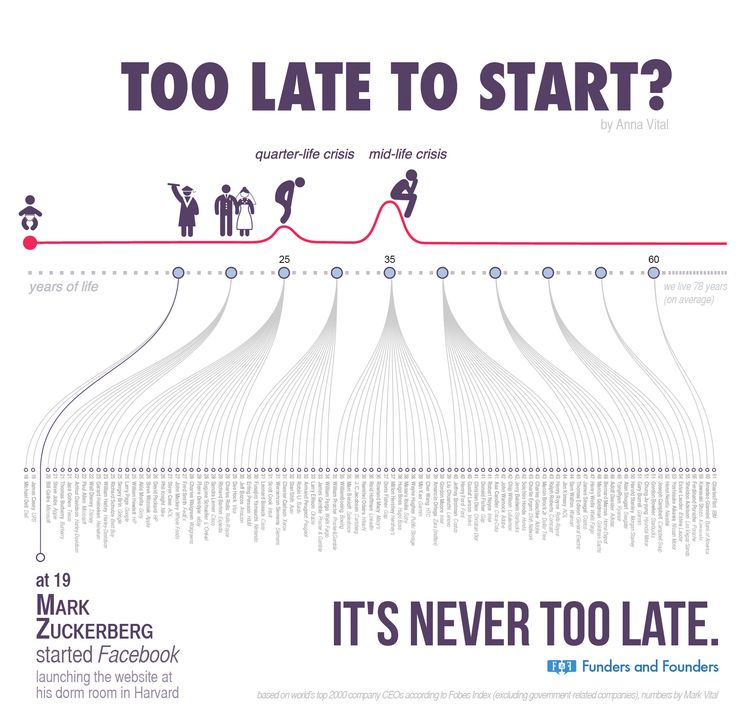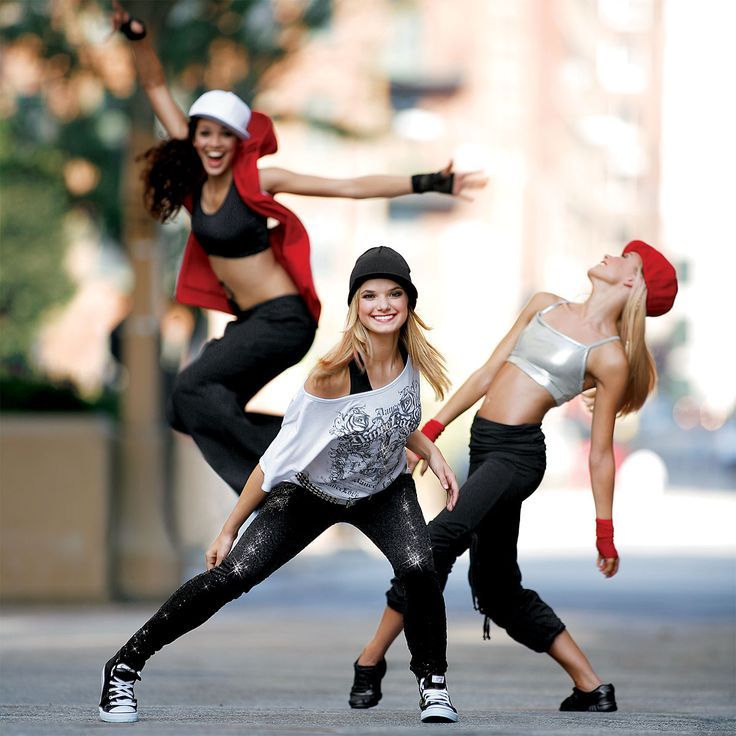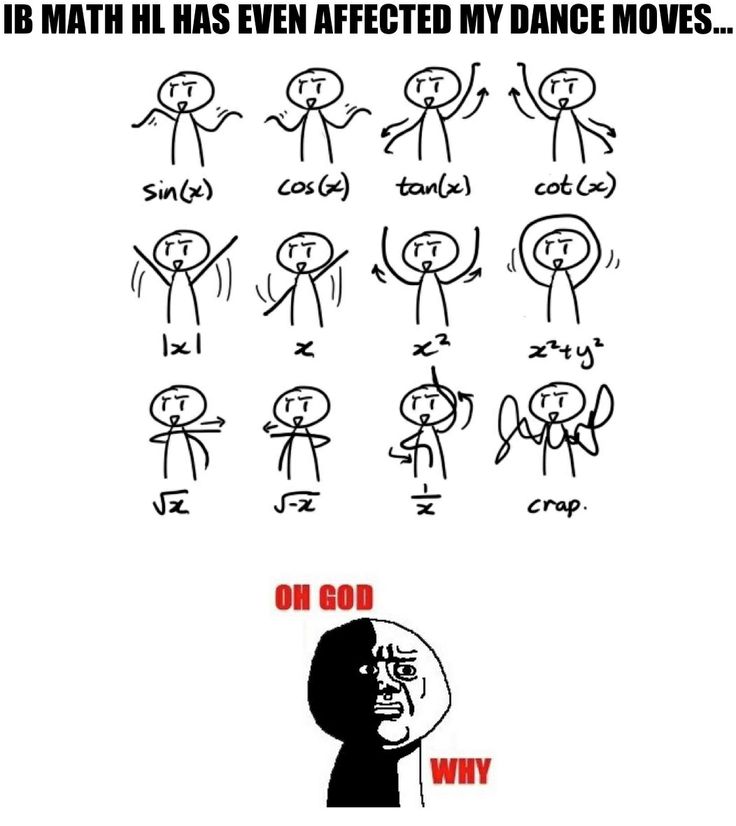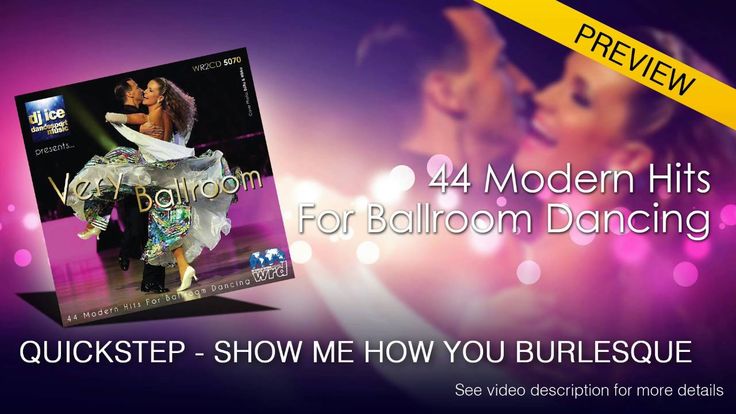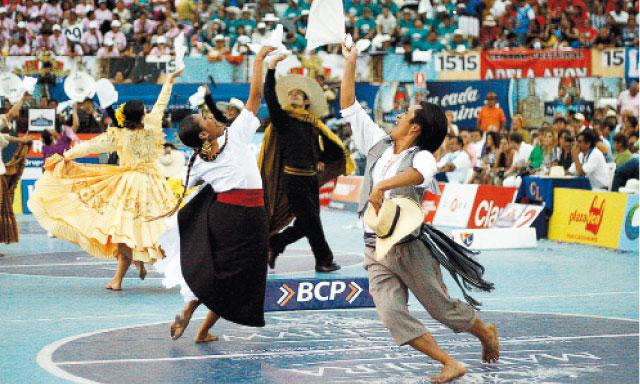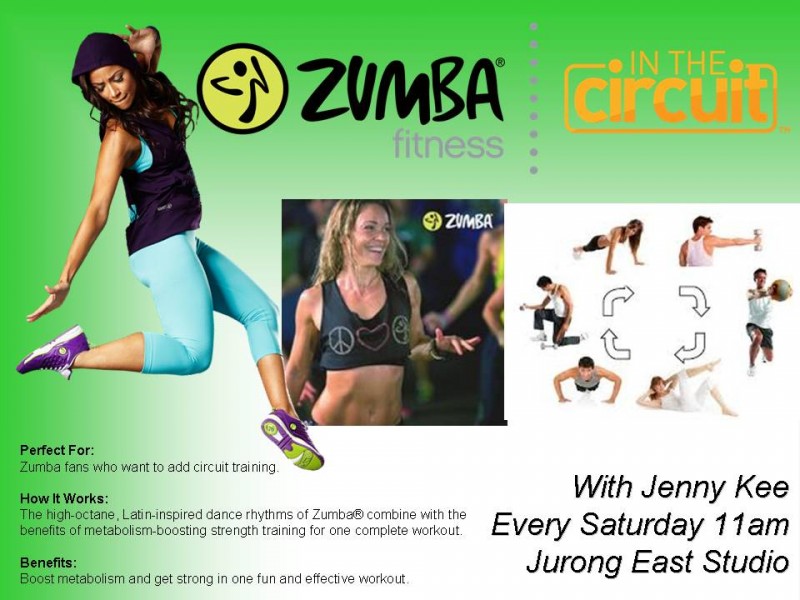How to start a dance career
Dance Career Beginnings: The First Steps
May 4, 2016 Dance Life Eric Housh
Maybe you’ve just started dance classes or have danced for years and are thinking about your future – whatever the case, you’ve fallen in love with ballet and know there’s no way you’ll spend your life doing anything but dance. While this passion is essential to success, you’ll also need a practical mindset when it comes to crafting a dance career for yourself.
Having a career in dance is something that many people dream about, though it’s entirely possible with hard work, perseverance and some strategic planning. You’ll have to be resourceful, leave your comfort zone and really put yourself out there. But if you can do all that – and more – then you can have a rewarding career doing what you love and sharing it with others.
Read on to learn how you can start a dance career.
Dance Career: Finding Where You Fit
While the first dance career that most people probably think of is that of a professional dancer for a company, there are many different types of dance careers. Whatever your skill level or interests, there’s a profession that can suit you. The variety of careers includes dance teachers, choreographers, studio owners and college- and graduate-level professors of dance courses. The New York Film Academy also adds to this list dance medicine specialists, costume designers, dance photographers and arts administrators for dance companies.
If your heart is set on performing as a professional dancer, then you should consider the different ways that dance can fit into your life. Of course, there are opportunities to dance full-time, whether for a company, theater or opera show or other performing arts group. However, if you’re already set in one career path, you can incorporate dance into your life as a side job and work part-time teaching or performing.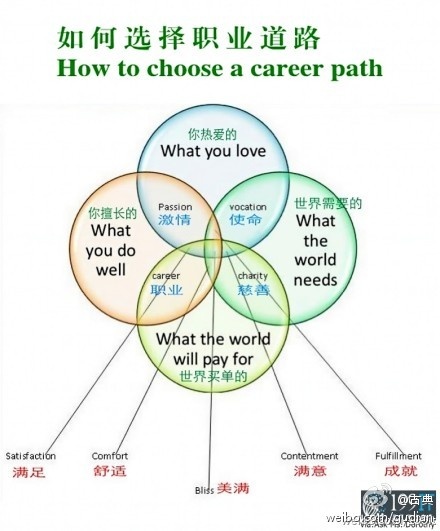 Teaching positions aren’t limited to just dance studios, either – you can find opportunities at public and private schools, universities, gyms and community centers.
Teaching positions aren’t limited to just dance studios, either – you can find opportunities at public and private schools, universities, gyms and community centers.
The lesson to learn from this is that no matter your abilities, desires or schedule, you can find a dance career that works for you. The key to identifying a good match is being realistic about your strengths and skills – dance-related and otherwise – and thinking about how they can best be put to use so that you can thrive personally and professionally. Narrowing down which type of career you’d like to have will guide your journey and keep you on track.
Learn All You Can
To achieve the dance career of your dreams, you’ll need to be proactive. Don’t become complacent in your current classes or job – always be thinking about how you can learn more and make new connections.
Dance Informa magazine advised those aspiring toward a dance career to take initiative and be a leader. Other people are not responsible to getting you where you want to be – only you are! Whether you’re in school, on a summer break or handling a 9-5 job in another field, make sure you keep your skills sharp by enrolling in dance classes and taking fitness classes to stay in shape. Look for workshops and courses in areas and styles that you’re not familiar with to grow your skillset. If you’re interested in teaching as a career, ask around at local studios if they need assistant teachers or interns to help out. Seek out conventions, certification courses and other programs that will give you additional skills, knowledge and teaching or performance experience.
Look for workshops and courses in areas and styles that you’re not familiar with to grow your skillset. If you’re interested in teaching as a career, ask around at local studios if they need assistant teachers or interns to help out. Seek out conventions, certification courses and other programs that will give you additional skills, knowledge and teaching or performance experience.
Landing a Contract
If a contract with a dance troupe or company is what you’re after, networking is key. Scouts and agents will frequently attend competitions, conventions and other events looking for new talent, so make sure you give every performance your all.
“I’ll keep my eye on dancers until they graduate high school if I’ve judged them in a competition,” said Steve Chetelat of talent agency Bloc in an interview with Dance Spirit Magazine.
Don’t be afraid to put yourself out there and reach out to dance professionals, either. Terry Lindholm, co-owner of Go 2 Talent Agency, told the magazine that he recommends dancers thank the choreographer after convention classes and introduce themselves to assistants. Ask them about what they think is the most promising city for dancers to have a career performing or if they have recommendations for any fantastic agencies or programs you should connect with.
Ask them about what they think is the most promising city for dancers to have a career performing or if they have recommendations for any fantastic agencies or programs you should connect with.
Dance programs at colleges and universities also provide valuable experience and connections, so if this is a course you’re considering, spend time researching which program is right for you. Once you’ve selected it, learn how to perfect your college dance audition.
Be Realistic
While a dance career can be a reality, not just a dream, it’s important to have realistic expectations of the demands of this challenging profession. The Portland Ballet’s list of “15 Truths About Being a Professional Dancer” explains the sometimes harsh realities of a life devoted to dance. Remember that there’s always more to learn and that if you want to be successful, you need to prove that you are valuable by showing up early, working hard and knowing your routines inside and out. Don’t be afraid of working for free if you can gain valuable experience and connections. Know that you will make mistakes and fail sometimes, but be strong and pick yourself back up.
Know that you will make mistakes and fail sometimes, but be strong and pick yourself back up.
And above all, keep that passion for dance close to your heart – this is the one constant in the pursuit of a dance career. This love for dance will pick you up when you’re feeling down and help you bounce back after hard times. With a combination of practical preparation, strategy and passion, you can start a dance career.
tweet
How to Be a Professional Dancer in 5 (Not So Easy) Steps
Posted By JBS Admin on Jun 15, 2020 |
Professional dancers come from many walks of life, with different sets of experience and backgrounds. Some have been studying ballet since shortly after taking their first steps. Others begin dancing as tweens or teens and soon find themselves consumed with dreams of dancing for a living. But regardless of how you get started, there are 5 steps you’ll need to follow if your goal is to become a professional dancer.
If your goal is to become a professional dancer, the quality of training you receive will make or break your chances of making it as a professional. Many dancers start their careers in local studios or companies, but when you become serious about turning professional, it’s time to look for the best training you can find.
That’s where Joffrey Ballet School’s pre-professional training comes in. Our pre-professional dance trainee program is a full-time course in dance that prepares you for a career as a professional dancer. We offer two tracks: Ballet and Jazz & Contemporary. Both programs provide thousands of hours of dance training, performance preparation and experience, along with classroom instruction in Career Planning; Critical Analysis; Music; Anatomy; Dance History; Health and Nutrition and more.
If your goals are more long term and you’re not quite ready to make the leap into pre-professional training, a summer dance intensive offers an opportunity to enhance your training and gain skills rapidly, without making a full time commitment to training until you’re ready.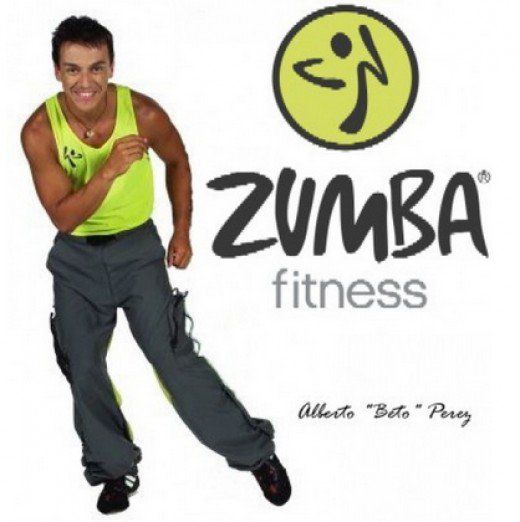 And it’s a great way to “try on” full time training and find the school that is right for you.
And it’s a great way to “try on” full time training and find the school that is right for you.
At Joffrey, one of our mottoes for our pre-professional trainees is to “be the dancer that has it all.” What we mean is that a professional dancer needs more than just strong technical skills in a single discipline to be successful as a professional dancer.
Why is versatility so important? It used to be the case that dancers focused mainly on a single discipline because that is what the majority of roles required. Today, dance productions tend to be more “multi-disciplinary,” often incorporating multiple styles and disciplines in a single production or role. For instance, a ballet dancer could be called upon to incorporate elements of classical, modern and Latin dance in a role. The dancer who will be hired for that role is going to be the one with the training to excel in all of those disciplines.
So, when developing yourself as a dancer, look for opportunities to gain versatility and experience that could benefit you later by being willing to try new things and step outside the box. A summer dance intensive is a great way to do this, and that’s why Joffrey offers intensives in so many different styles.
A summer dance intensive is a great way to do this, and that’s why Joffrey offers intensives in so many different styles.
With us, you can study classical or contemporary ballet, latin dance, jazz, tap or hip-hop. You’ll gain performance experience in our in-studio performances and student showcases in professional venues. You’ll gain versatility in a short period of time that you’ll need in your future professional career, and who knows? You just might discover a new passion in the process.
Have Realistic ExpectationsOne of the toughest decisions a dancer has to make is to determine which career preparation track to follow: studying dance at a college or university, or enrolling in some form of pre-professional training. There are pros and cons to both forms of training: college might allow you to pursue other options as well as dance, providing a backup plan of sorts for when your dance career ends.
Yet, while a backup plan is nice, dancers also have to accept that dance is also a time-limited career, one that favors younger dancers. Finishing high school and college, followed by a year or two of pre-professional study puts you well into your twenties by the time you finish. Most dancers will retire when the wear and tear on their bodies takes its toll, usually in their 30s or 40s if they are fortunate. For dancers that choose the college track, that means a career of 10 to 15 years, at best, plus being at a possible disadvantage compared to the dancers who got their start younger, when their bodies were stronger and more resilient.
Finishing high school and college, followed by a year or two of pre-professional study puts you well into your twenties by the time you finish. Most dancers will retire when the wear and tear on their bodies takes its toll, usually in their 30s or 40s if they are fortunate. For dancers that choose the college track, that means a career of 10 to 15 years, at best, plus being at a possible disadvantage compared to the dancers who got their start younger, when their bodies were stronger and more resilient.
By combining high school completion and pre-professional training, dancers can extend their careers on stage and get a much younger start, but there is a risk if their careers come to a premature end due to injury or other factors – or never really get started at all.
For these reasons, dancers need to be realistic and ask themselves the tough questions about their ultimate life and career goals. Are you willing to forego the college experience in order to extend your career and improve your dance prospects? Do you have a plan for what you will do when that career ends? Dancers who want to make it as a professional need to consider not just their dance career, but their ultimate life goals.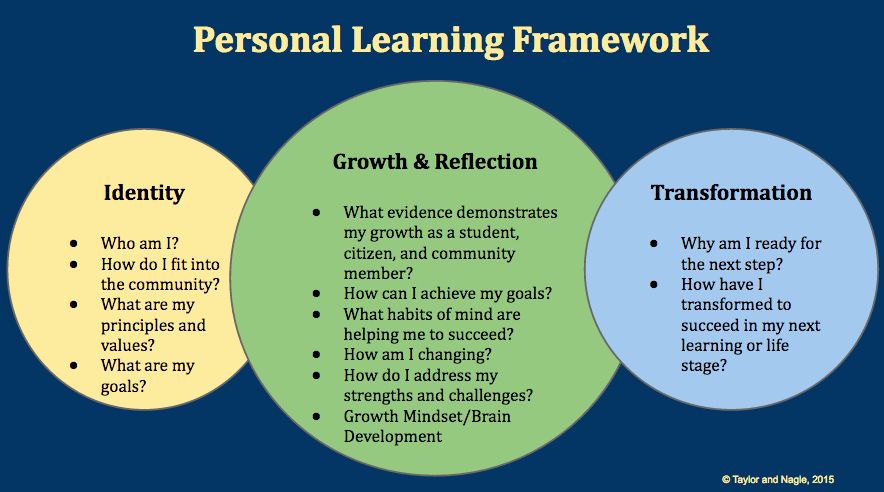
Okay, so let’s say you’ve got the training. You’ve got the talent. You’ve got the versatility. And you’ve asked the hard questions about your chosen career path. You’re ready to take the next steps. That means putting together a professional dance portfolio.
At Joffrey, we offer career planning and work with our pre-professional trainees as they near the end of their time with us to put together their portfolio. The portfolio includes a resume or CV (short for curriculum vitae) and professional headshots. Dancers should also curate what used to be called a dance “reel”; a video of dance clips showing your best skills. These can be shared electronically via file sharing apps, on a disk or thumb drive as a video audition.
Your resume should include your name, contact information (phone and email), a complete listing of your dance training and education, your representation (if you have an agent) and your union status.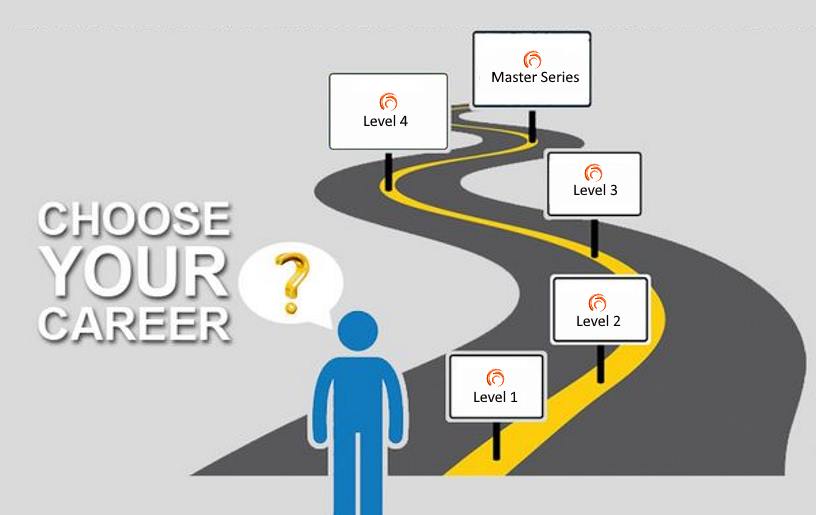 You should also list your training and performance experience: all schools attended, years of training and levels attained with each school, and specify your performance experience and roles. Dance competition experience and placement should be included as well.
You should also list your training and performance experience: all schools attended, years of training and levels attained with each school, and specify your performance experience and roles. Dance competition experience and placement should be included as well.
For your headshot, professional photography and makeup is also very helpful. And while your dance clips don’t have to be professionally produced, you’ll make the best impression if they are well lit, well produced and show your dancing off to best advantage.
Take Care of Your BodyRemember when we said that the average dancer’s professional career would likely end in their 30s or 40s? That’s one of the hardest truths about choosing to become a professional dancer: your time on stage will likely come to an end sooner than you might wish. Often, this will happen because your body simply can’t handle the strain as you get older.
However, the good news is that while aging is inevitable, you’re not helpless against it. You can extend your career through careful attention to your nutrition and conditioning throughout your career. Younger dancers benefit from the fact that the human body typically gains muscle through one’s teens and twenties. However, at around age 30, this starts to change quickly as the body begins to lose muscle mass at a pace of about 3% to 5% per year.
You can extend your career through careful attention to your nutrition and conditioning throughout your career. Younger dancers benefit from the fact that the human body typically gains muscle through one’s teens and twenties. However, at around age 30, this starts to change quickly as the body begins to lose muscle mass at a pace of about 3% to 5% per year.
So if you want to be as strong as possible in the later portion of your career, don’t delay in paying attention to diet and strength conditioning.
Be the Dancer that Has it All With JoffreyTraining, experience and versatility, realistic expectations, a professional portfolio and a commitment to nutrition and conditioning are just five of the factors you need to make it as a professional dancer. If you’re ready to learn more about how to succeed in this career path, contact Joffrey today to learn more about our pre-professional training and summer dance intensives.
JBS Admin (69 Posts)
Founded in 1953 by Robert Joffrey and Gerald Arpino, Joffrey Ballet School maintains the vision of its founders to transform passionate dance students into versatile, individualistic artists able to collaborate and evolve fluidly in a fast-changing society. With an accredited dance program that offers two core areas of study – ballet and jazz/contemporary – JBS is known for its diverse curriculum and has the largest summer intensive training program in the country.
With an accredited dance program that offers two core areas of study – ballet and jazz/contemporary – JBS is known for its diverse curriculum and has the largest summer intensive training program in the country.
where to study, salary, pros and cons
Author: ProfGuide
Updated
Dancer is a person of art who performs rhythmic movements to music, taking part in theatrical performances, shows. The profession belongs to the type “a person is an artistic image”, it requires excellent self-discipline and, of course, talent. Children who distinguish literature, physical education, music and singing from all school subjects can become dancers. By the way, the ProfGid career guidance center has recently developed an accurate career guidance test that will tell you which professions suit you, give an opinion about your personality type and intelligence. 9Ol000
Brief description
This profession has a rich history and is closely associated with the arts.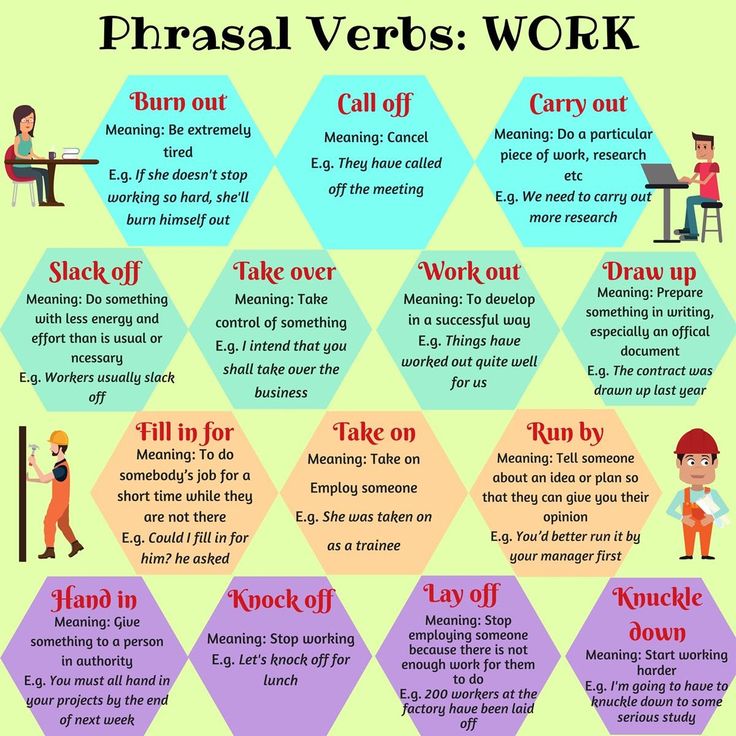 However, the success of dancers by more than 50% depends on dedication, endurance, self-discipline. A specialist can work independently, performing solo choreographic numbers, it is also worth highlighting pair and collective dances. There are a lot of types and techniques of this art direction:
However, the success of dancers by more than 50% depends on dedication, endurance, self-discipline. A specialist can work independently, performing solo choreographic numbers, it is also worth highlighting pair and collective dances. There are a lot of types and techniques of this art direction:
- ballet;
- pop and folk dance;
- historical dance and others.
See also:
Also distinguish styles such as street jazz, hip-hop, R'n'B, contemporary dance, street dance, etc. Dancers choose the style and type of performing arts based on their physical abilities, temperament, personal preferences. On stage, they create artistic images, convey emotions, making the hearts of the audience tremble.
Features of the profession
Anyone can become a professional dancer, but it is worth starting training in childhood. Choreographers recommend giving children to dance studios at the age of 3-7 years, which will allow them to develop good posture, plasticity, stretching, a sense of rhythm and other skills necessary for professional performance.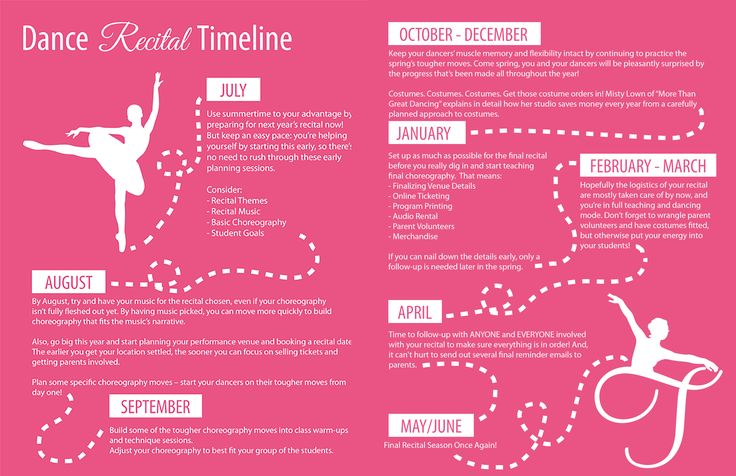 Dancers most often work in 1-2 overlapping styles, they pay special attention to training and rehearsals, maintaining excellent physical shape. A career is short, because its peak is at the age of 15-25 years, and after 30 years, most specialists change their field of activity. They can realize their talent and knowledge in other areas, working as directors, choreographers, school teachers.
Dancers most often work in 1-2 overlapping styles, they pay special attention to training and rehearsals, maintaining excellent physical shape. A career is short, because its peak is at the age of 15-25 years, and after 30 years, most specialists change their field of activity. They can realize their talent and knowledge in other areas, working as directors, choreographers, school teachers.
Dancers independently or under the guidance of a choreographer create performances: choice of music, sequence and rhythm of movements, costumes and image, facial expressions, plasticity. Before performing the dance, they rehearse for a long time, honing their skills. Many members of this profession often travel around their home country and travel abroad, where they give concerts. The activity is associated with certain difficulties, which leaves an imprint on the lifestyle and character of the dancer.
Pros and cons of the profession
Pros
- Excellent physical development, because dancing strengthens the body and willpower.

- Opportunity to work on the best stages.
- Talented dancers achieve success quickly.
- The profession is interesting, active and ambitious people will like it.
- Opportunity to earn income from various sources, because dancers work alone or in pairs, can take part in private productions, star in music videos.
- Useful business connections in the world of art.
- The opportunity to change the field of activity, because dancers often open schools, give private lessons, work as choreographers - the choice of directions is huge.
Cons
- High injury rate.
- Serious injuries can put an end to a professional career.
- Short career period.
- Very high competition.
See also:
Important personal qualities
Dancers have excellent plasticity, but in this profession not only technical performance is important, but also emotionality. The dancers convey the idea of the performance with the help of movements, facial expressions, so they must be distinguished by well-developed artistry. Increased efficiency, resistance to physical stress and low pain threshold are very important, because rehearsals and performances often end with sprains, dislocations and other minor injuries. Only those people who do not suffer from laziness, negligence, and excessive self-confidence ascend to the pinnacle of success.
Increased efficiency, resistance to physical stress and low pain threshold are very important, because rehearsals and performances often end with sprains, dislocations and other minor injuries. Only those people who do not suffer from laziness, negligence, and excessive self-confidence ascend to the pinnacle of success.
Dance training
Professional education can be obtained in different institutions:
- schools and academies of choreography;
- dance studios;
- colleges;
- universities.
There are no special requirements for the education of a dancer, the level of his skill is determined during choreographic tests. It is worth starting training at a young age in order to reach a professional level. Let's consider the most interesting directions:
- "The art of dance (by type)", implemented in choreographic colleges and schools. You can start training after grades 7-9, which depends on the requirements of the college;
- The Art of Ballet.
 The direction of training is open in many creative colleges, studio schools, academies. Children who have completed the 4th grade of the school are invited to study.
The direction of training is open in many creative colleges, studio schools, academies. Children who have completed the 4th grade of the school are invited to study.
You can also go to study at a university, choosing a specialty related to choreography, folk dance and other areas. Primary training can be obtained in public and private schools of choreographic art, during individual lessons.
Universities
-
4 years
90,000 ₽/year
12 budget places
-
4 years
158,100 ₽/year
23 budget places
-
4 years
65,000 ₽/year
8 budget places
-
4 years
200,000 ₽/year
16 budget places
Best Primary Schools
- Dance Quarter School.
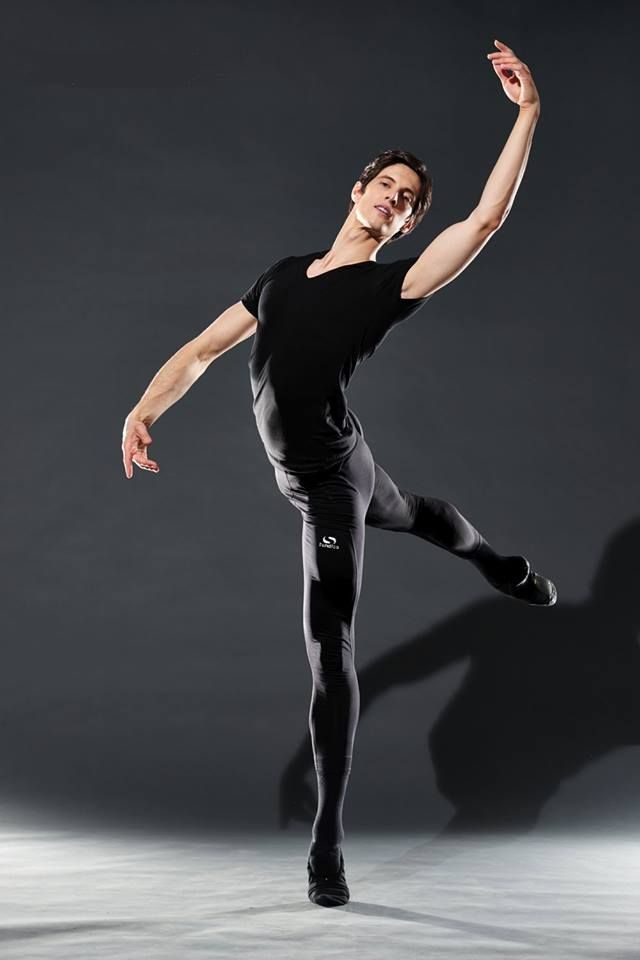
- School for children "Dancevaliya".
- State 27 Dance Studio.
Best colleges and academies for dancers
- ARB im. A. Ya. Vaganova.
- MGAH.
- MCU at the Moscow State Academy of Theater Arts "Gzhel".
- School-studio (school) at GAANT them. I. Moiseeva.
- KMTI them. G. P. Vishnevskaya.
Best universities
- IPCC.
- GITIS-RATI.
- MGAH.
- ARB them. A. Ya. Vaganova.
- Russian State University A. N. Kosygin.
- ISI.
- UGAI.
- SPbGUP.
- AGIIK.
- KemGIK.
See also:
Place of work
Dancers are in demand in theaters, film industry and organization of holidays and events. They can work as teachers, find vacancies in nightclubs, private groups - there are many options for employment.
Salary
There is no exact tariff rate in this segment, because everything depends on the style in which the dancer works, personal qualities, education, reputation and experience. Dancers can receive a fixed salary or fees for each performance, lesson.
Dancers can receive a fixed salary or fees for each performance, lesson.
Dancer's salary for December 2022
Salary information provided by hh.ru portal.
Russia 20000–160000 RUB
Moscow 40000–60000 RUB
Professional knowledge
- Classical choreography.
- Acting.
- Fundamentals of physical training.
- Art History.
- Foreign languages (for professionals who work abroad).
Famous dancers
- Karen Hardy.
- Ekaterina Krysanova.
- Yankovsky Vyacheslav Vyacheslavovich.
See also:
Examples of companies with vacancies as a dancer
10 misconceptions about dancing
The desire to learn to dance is natural and natural in the modern world. You can list the reasons, starting with obvious and popular pragmatic desires, for example, to start moving or losing weight, ending with unconscious and even existential ones.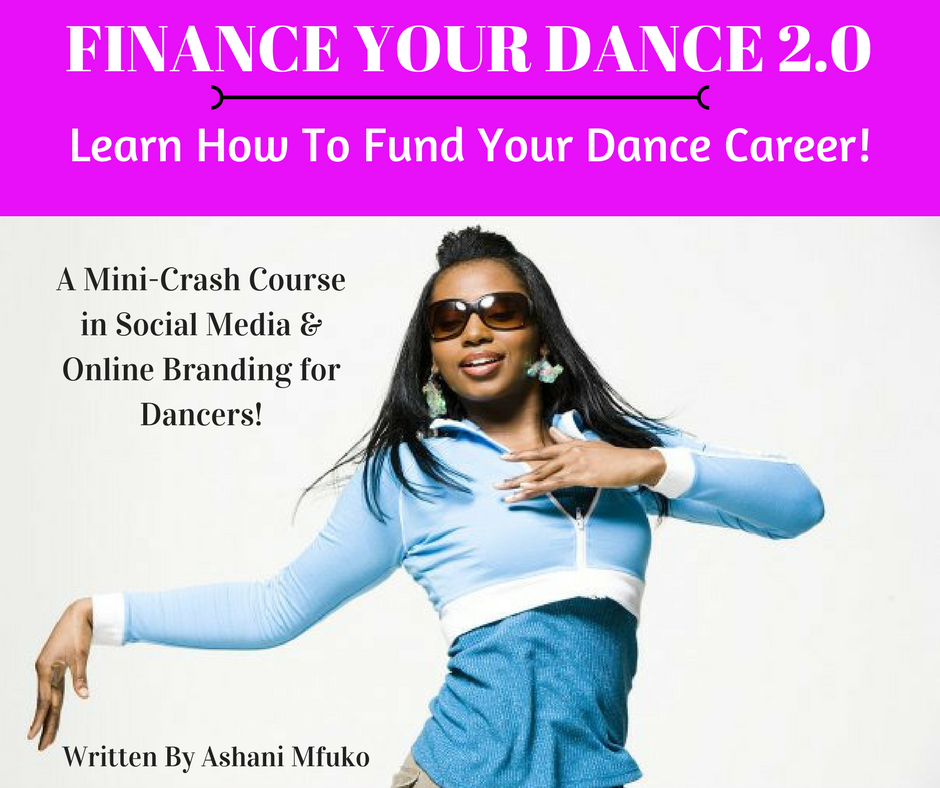
This is due to the fact that dancing is at the subtle intersection of the inner and outer worlds, physical and spiritual. Above this, music becomes a driver that cannot leave anyone indifferent.
In dancing there is magic inside a person, which is not always noticeable when viewed from the side. At the initial stage, it is the external picture that attracts to dances, and sometimes repels, as it seems too frivolous and superficial.
But there are even stronger obstacles that stop many people from starting dancing. These illusions and delusions roam the minds of the majority, and are often afraid to ask about them directly, or they ask the question about it so often that they are no longer ready to hear an honest direct answer. I will try to do it in this article.
There are many examples of contemporary dance instructors sharing their thoughts about not expecting to be in the dance industry. Once upon a time there was a man and was engaged in adult, serious business. Sometimes even very serious. A person could have children and even grandchildren. I saw dances only on stage or on TV. For reasons unknown to himself, he ended up in dances. At first, everything seemed like entertainment and a useful pastime. But time has passed, and a person catches himself thinking that he thinks about dancing not just every day, but really all the time. A couple of years pass, and he already becomes a teacher or organizer of some event.
Sometimes even very serious. A person could have children and even grandchildren. I saw dances only on stage or on TV. For reasons unknown to himself, he ended up in dances. At first, everything seemed like entertainment and a useful pastime. But time has passed, and a person catches himself thinking that he thinks about dancing not just every day, but really all the time. A couple of years pass, and he already becomes a teacher or organizer of some event.
A similar path can start at 15 or 55 years old. The only difference will be in the self-perception of the starting stage, that it’s too late to dance. In fact, for each age there is its own dance direction, which can reveal it to the greatest extent at this stage. Hip-hop or breaking is closer to children and teenagers, and Argentine tango is closer to adults. It's never too late to start dancing. You need to make the right choice of dance style based on several parameters: age, gender, music, goal. There is a dance direction for any arrangement.
Misconception 2: men don't dance
Our culture has a number of restrictions related to dancing. Most of these causes are psychological and lie outside the realm of rational reasoning.
First, in our culture, in principle, dancing for pleasure or self-expression appeared relatively recently. 20-30 years ago dance clubs were only for children. To start dancing even in adolescence was considered exotic.
Secondly, the aesthetics of the body in our country for men is not in the focus of attention. In general, this can be attributed to the fact that Russian men try hard not to draw attention to their appearance and clothing. Men in our country use other tools for this.
Third, dancing is associated with entertainment and alcohol. If a man feels serious and respectable, then he either does not have time or desire for this.
Nowadays the general cultural background has changed and the result is that men are learning to dance. It becomes as much a sign of masculinity as clothing, hair or beard.
It becomes as much a sign of masculinity as clothing, hair or beard.
Unfortunately, many misconceptions remain even among those who have already started dancing. Dance teachers do not always pay attention to this, as it seems to them that this is a matter of course.
Fallacy 3: special training is needed
For the outside observer, there is always a cognitive dissonance about what dance is. What he sees on the big stage in the form of a show with sweeping movements and splits is obviously dancing. Breakers doing unimaginable elements in the air and on their hands, competing with each other, also seem to be dancing. Pensioners in the park waltz. Dancing again, but for some reason everyone is so different. How to understand that this is a dance, and what physical criteria should be in the body.
In fact, any self-expression through the body to music can be attributed to dance. There are a number of reservations, but they are not essential. For self-expression, a person uses the set of plastics that he has. Subtlety and technique do not depend on extreme ways of self-expression, and it often happens that splits and somersaults interfere with a meaningful dance. The development of plasticity and the expansion of the body's capabilities are part of the preparation of a dancer, but not an end in itself.
For self-expression, a person uses the set of plastics that he has. Subtlety and technique do not depend on extreme ways of self-expression, and it often happens that splits and somersaults interfere with a meaningful dance. The development of plasticity and the expansion of the body's capabilities are part of the preparation of a dancer, but not an end in itself.
Misconception 4: You must learn to dance in pairs
In couple dancing, the final learning outcome is that the couple dances at a party. It would seem that you should always train together to get the desired result. This is not true. Let's take an example from boxing. An indicator of a boxer's skill is a fight with an opponent, but this does not mean that he constantly has to fight. Also, the ability to dance is built on the possession of one's own body and the ability to interact.
The skill of the teacher is the correct selection of methods so that the student masters the skill. Based on the skill, you can engage in creativity and self-expression in dance. Not everyone knows, but it is no coincidence that almost all social dance dancers have a serious dance background, which is based on the development of individual techniques.
Based on the skill, you can engage in creativity and self-expression in dance. Not everyone knows, but it is no coincidence that almost all social dance dancers have a serious dance background, which is based on the development of individual techniques.
The same can be attributed to the interaction in a pair. The ability to separate in oneself the one who leads and the one who follows the lead is impossible within the framework of studying the sequence of movements in pairs. For this, there are special exercises that make the skill more versatile. For this, the presence of a permanent couple is not necessary, as well as the regular presence of a partner in general.
IMPORTANT! You can’t experiment at a party, and everything should be in its place there: men dance with women.
Getting rid of illusions is a complex internal process. If you leave them to yourself, you can even get the opposite result.
Misconception 5: plasticity and stretching are mandatory attributes of dance
Much depends on the genre of dance that you want to master. In previous articles, I have already mentioned that different dance styles are suitable for different ages. It is appropriate to dance hip-hop in adolescence or youth, Argentine tango is a more adult dance, it is important to enter classical choreography at a young age.
In previous articles, I have already mentioned that different dance styles are suitable for different ages. It is appropriate to dance hip-hop in adolescence or youth, Argentine tango is a more adult dance, it is important to enter classical choreography at a young age.
The degree of necessary plasticity and sensitivity to the dance direction also correlates. For example, breaking requires great physical effort and dexterity. Elements are built on acrobatics and high speed of execution. Whom do they suit best? Obviously young people.
There is a lot of interaction in salsa. It is necessary to feel the partner subtly, to be able to show a variety of figures and elements. Twine or acrobatics are completely inappropriate here. However, a variety of ways to show oneself are required. Accordingly, the dance is youthful, but not at all childish.
The older the dance, the less stretching or acrobatics is required. The main emphasis is on the quality of technology, the variety of ideas and the ability to show plasticity.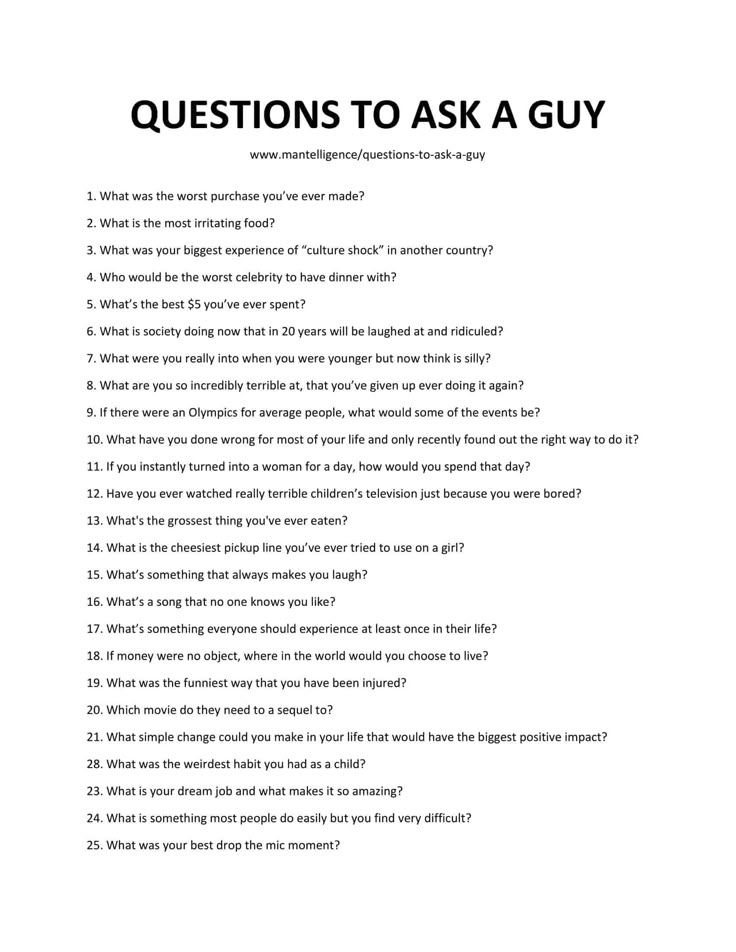
Misconception 6: Mirrors are necessary for learning
There is a set of tools that dancers use to learn how to dance. The fact is that the dancer needs to receive feedback on how his movements look from the side. It is impossible to dance and see yourself from the side at the same time. The most common tool is a mirror. But not the only one.
Like any auxiliary tool, mirrors have positive and negative effects. The positive is that they can receive feedback in real time and technically it is not very difficult. The downside can be dependence on mirrors. A situation where a dancer cannot capture the feeling of dancing, such as on stage or at a party. For these purposes, you can use, among other things, video filming or proper preparation.
In many countries in Latin America, dance classrooms are not equipped with mirrors. Classes are held in bars or large halls. The dancers initially form the skill of focusing on the inner sensation, and not the habit of looking for their reflection in the mirror with their eyes.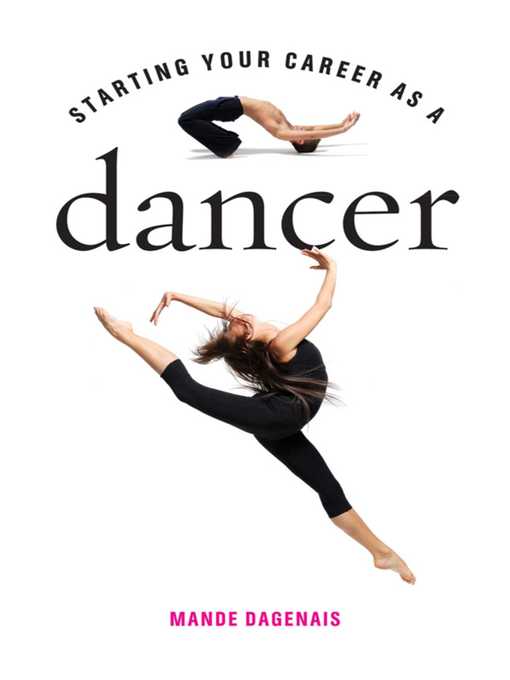
Misconception 7: there is a lot of obsceneness in dancing
A common question from novice dancers who are taking their first steps in more contact couple dances is “in order to dance cool, there must be passion within a couple?”. I immediately answer that no, not necessarily. Kizomba, bachata and Argentine tango attract many with their close contact. Like any other contact in our everyday life, in dances, contact can be different. We hug friends, parents, children. These hugs can wear many different shades. Sexual overtones are one of many.
The culture of dance also includes the boundaries of what is acceptable. A compliment from a well-mannered person is different from a statement about female sexuality by a gopnik. Usually, those who study at a dance school already have an idea of what boundaries should not be crossed. A good dance from a technical point of view will never look vulgar or vulgar.
Dancers always have a choice about the boundaries of contact. Most prefer to leave a good impression of themselves, as word spreads just as fast in the dance world.
Most prefer to leave a good impression of themselves, as word spreads just as fast in the dance world.
Misconception 8: the best dancers are the bearers of culture
Even the very question of the origin of a particular dance can be paradoxical and ambiguous, especially when it comes to its development and performance.
For example, the Viennese waltz did not originate in Vienna, but in Germany. Salsa has its main roots in the USA, not in Cuba. The famous Greek folk dance sirtaki was invented for the film "Zorba the Greek" and appeared only in 1964.
The same can be attributed to the development of modern dance styles. Korea is known for its world-leading break dancers. People go to Turkey for Argentine tango, Spain is strong with excellent salsa and bachata dancers, in Egypt, Russians are considered the best belly-dance performers.
A good dance is based on quality training and diligence. Skin color, place of birth and age are secondary. Exotic appearance, unfortunately, is often a reason to be more superficial about one's own professional development. This becomes the reason for the low level of teaching among the bearers of culture. I am sure that few readers of this post will be ready to conduct a master class in Russian folk dance outside of Russia.
Exotic appearance, unfortunately, is often a reason to be more superficial about one's own professional development. This becomes the reason for the low level of teaching among the bearers of culture. I am sure that few readers of this post will be ready to conduct a master class in Russian folk dance outside of Russia.
The mastery of mastering and teaching a particular style does not depend on the dancer's homeland. And "they absorbed the dance with their mother's milk" is nothing more than a common misconception.
Misconception 9: You have to know a lot of moves to learn how to dance
Focusing on learning a lot of moves often detracts from the essence of dance. Of course, the sequence of figures is important. Especially at the start. Over time, the dancer should have an understanding of how movements can be generated independently. Accordingly, instead of memorizing millions of figures, you can understand how to create them.
From every system of improvisation that a dancer can use as an instrument, dozens, hundreds or thousands of variations are derived. This frees the head from trying to reproduce the exact sequence and definitely adds freedom in the performance of the dance.
This frees the head from trying to reproduce the exact sequence and definitely adds freedom in the performance of the dance.
The huge theme of musicality can be attributed to the same question. Not every pre-conceived or learned sequence will fit specific music. The dance should give freedom, and not drive the dancer into the shell of the ropes.
Misconception 10: dancing is homosexual
The unusually high attention to the body and the flair from stories about professional ballet led to the spread of this myth, among other things. Unfortunately, such an idea still exists in the minds of our fellow citizens.
The dance industry is now very broad and is represented by many dance styles. Some of them can even be called homophobic. Dances reflect the general attitude to the world and it is different depending on the life position and worldview of a person.
In many dances there is contact between the dancers. In Russia, dance contact between men has always been perceived very intensely.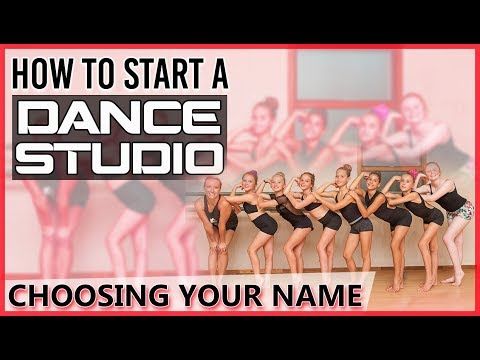 In most other countries it is different. An example of the fact that this tension is associated only with the dance theme and does not apply to other areas is, for example, wrestling. When practicing techniques, men are in much closer contact with each other. Sometimes lying on the floor and holding each other tightly. The historical roots of Greco-Roman wrestling are also ambiguous from a sexual point of view. But in our country, unlike dance, they are perceived as acceptable and brutal.
In most other countries it is different. An example of the fact that this tension is associated only with the dance theme and does not apply to other areas is, for example, wrestling. When practicing techniques, men are in much closer contact with each other. Sometimes lying on the floor and holding each other tightly. The historical roots of Greco-Roman wrestling are also ambiguous from a sexual point of view. But in our country, unlike dance, they are perceived as acceptable and brutal.
Dance, like the culture of speech, makes a modern person more successful and self-confident. The ability to control one's body, tune in to another person and the ability to be aesthetic in the plasticity of movement is valuable in the modern world. If we add here the pleasure of the process and the availability of dance as such, then the possibilities of this activity can hardly be overestimated.
It's sad when interested people are stopped by prejudices and myths that have nothing to do with dancing.